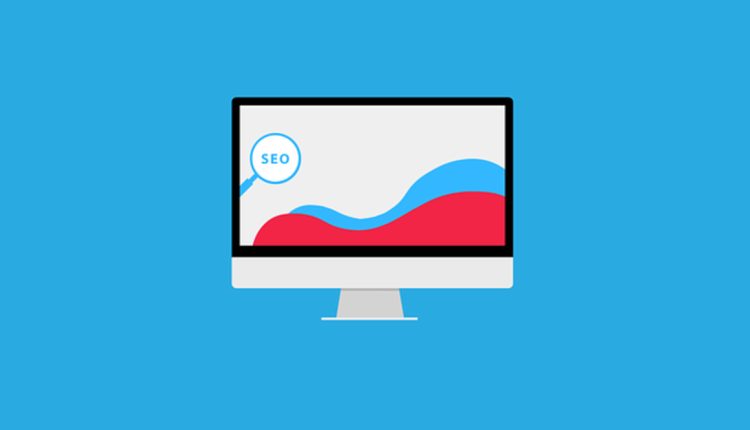How a Toxic Link Checker Can Help You Avoid Malicious Links
Toxic backlinks can significantly harm your search engine ranking. They typically come from low-quality sites and may result in manual penalties from Google. Best way to find the mix high authority backlinks.
An effective toxic link checker should be utilized on a routine basis in order to detect and eliminate harmful links, but it shouldn’t provide false comfort.
Link Networks
Link networks are an effective strategy to increase search engine rankings by improving a website’s backlink profile, but they can become dangerous if they include sites with poor-quality content or are used to distribute malware. By using an antivirus tool and checking if a link is safe, you can help avoid malicious links and protect yourself against cyber criminals.
Link safety checkers scan multiple databases to detect unsafe websites and warn users about potential dangers. They can detect malware, phishing attacks, abusive content, and more, while some will also notify of attempted drive-by downloads and suspicious behavior – an essential component of protecting cybersecurity in the workplace and safeguarding personal data against exploitation.
One telltale sign that a link could be harmful is its concise URL. Malware distributors and phishers often employ shortening services like CheckShortURL as a method for hiding their true target destination; you can use tools such as CheckShortURL or browser plug-ins like NoShortLinks to reveal any short links’ intended destination.
Warning signs for manipulative link schemes such as Private Blog Networks PBN are multiple red dots on any link. Conversely, numerous red dots could indicate that a website belongs to an established link network with high authority and relevancy.
Websites with Malware or Viruses
Website malware can have devastating consequences, from damage to your reputation and traffic levels to credit card data theft, hacker defacements, unwanted ads, and various other issues. Malware can hide in numerous places, including ad spaces, system files, registries, PDF documents, and folders on visitors’ computers or devices, or be in.eIt can also be embedded into web pages using Java Script that obscures its destination database.
Viruses are malicious software programs that infiltrate computers or devices and infiltrate personal information. While viruses can be found online anywhere, they tend to populate sites offering pirated content or software downloads primarily; sometimes, viruses even spread via social media links and advertisements.
Hackers inject malicious code into websites for various reasons, including financial gain, activism (known as “hacktivism”), or to gain an unfavorable reputation. Hackers could inject features that spy on visitors’ computer activity or display unwanted advertisements – these may include features that eavesdrop, display unwanted ads, or steal credit card numbers and sensitive data before redirecting site visitors to more dangerous websites or pages.
Cocolyze’s backlink checker can assist in the identification and removal of toxic backlinks that could be undermining the performance of your website. This process entails creating a disavow file to notify Google to ignore specific links to your site; while this may seem time-consuming or tedious, protecting organic performance is paramount for success online.
Low-Quality Sites
Backlinks from low-quality sites can be hazardous. One effective way of quickly spotting them is looking for links with close-to-zero Trust Flow or Domain Authority scores or reviewing the websites themselves – for instance, Google considers sites of this quality low if their main content contains gibberish-looking words and is packed full of deceptive advertising features (like fake friend requests, download buttons or prize alerts).
If your website contains such links, you should try requesting their removal from their respective web admins; if that fails or there are too many links for you to request removal for, adding them all to a disavow list may be easier and quicker.
If you don’t already use a backlink checker tool, using tools such as Semrush or Ahrefs may help identify potentially toxic backlinks in your website’s backlink profile and take appropriate action to address them and boost SEO performance. Remember, not all backlinks are equal – regular monitoring will prevent harmful, toxic ones from hurting SEO rankings and creating long-term damage for your business, saving both time and money while keeping SEO performance at its optimal levels.
Poor Content
Linking to websites with poor content, typically coming from low-quality or dubious methods of link-building, puts your SEO rankings at risk. E-commerce businesses are especially wary of such links as they can damage both the reputation and traffic of their website.
A good toxic backlink checker can quickly identify these potentially damaging links. It will analyze 45+ markers and assign each link an unhealthy score between 0-100, with higher scores signifying more risk of penalty. Furthermore, you will receive the referring domain’s Authority Score (AS), reflecting its quality.
Though SEOs disagree on what constitutes a toxic link, most agree that most unnatural backlinks will compromise your site’s ability to rank well in Google searches. Disavowing spammy backlinks is often unnecessary because Google’s algorithms have already proven adept at effectively filtering them out. Regular checks on toxic backlinks are still advised, especially if you engage in aggressive link-building or are currently facing manual action from Google. If you discover low-quality backlinks, the best thing to do is ask the web admins of these sites to remove them. If they refuse, the Google Disavow Tool allows you to tell Google to ignore these links when ranking search engine rankings.
Read Also: Cheap SMM panel for Facebook


